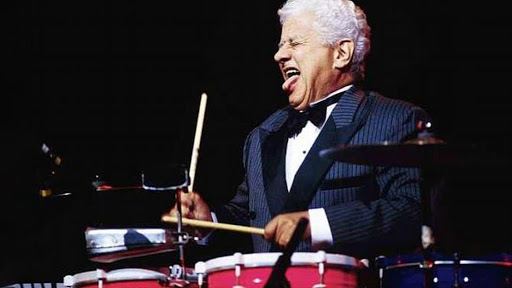What Cuban rumba is
As we all know, Latin music is a very diverse mix of a series of rhythms and musical styles from all over the world. What we know today as Latin music was the result of a whole concoction of historical facts that must come first in any story that seeks to explain the origins of any Latin rhythm that wants to be studied.
A good example of this that we have just said is the Cuban rumba, which is part of a set of cultural concepts that can be found in many parts of the world. There are certain musical rhythms that have allowed us to see that some seemingly alien places have made us discover each and every one of the common points they have, both historically and culturally.
How Cuban rumba starts

One of the most important historical events that marked the birth of the Cuban rumba was the triangular trade carried out between Africa, America and Europe. This fact was the emergence of a large number of musical genres that were resulting from the mixture of rhythms and styles from all the aforementioned continents.
After the Discovery of America, Europe saw in the New World a useful territory for many of the economic activities that were not possible in their respective countries. In the case of labor, many African chiefdoms offered for sale to part of their inhabitants, something that was seen with very good eyes by the powerful Europeans of the time. This is how what historically would be known as triangular trade began.
This activity consisted of sending low-quality materials to be exchanged by African slaves to work with African and American resources in terrible living conditions. Once in America, some African ethnic groups were in charge of introducing the rumba in the Antilles, although the origins of the groups that brought these rhythms continue to be controversial among many scholars of the subject.
Although the slaves worked very hard during the day, they continued to practice their traditional rituals and rites at night. These practices were entirely based on their traditional music and religious customs to stay united with their Mother Earth despite the remoteness and the circumstances. Over time, these rites and percussion instruments were banned, so the new inhabitants of America had to adapt to the instruments allowed by the Spanish Crown. This made these sounds unknown to the Africans together with their forbidden dances in this land were merging until resulting in what we know today as rumba.
Rumba today

The characteristics of the rumba vary enormously from one place to another, since there are many variations and changes from one continent to another. In Africa, many see this genre as similar to zouk or benga, while Europeans refer to it as flamenco or Catalan rumba. There have been many artists who have taken on the task of making this genre their own and making it evolve to unsuspected levels to make it what it is today.
Today, we can appreciate a good number of subgenres that have their origin in the same parrones rhythms from which rumba derives in its different versions.








